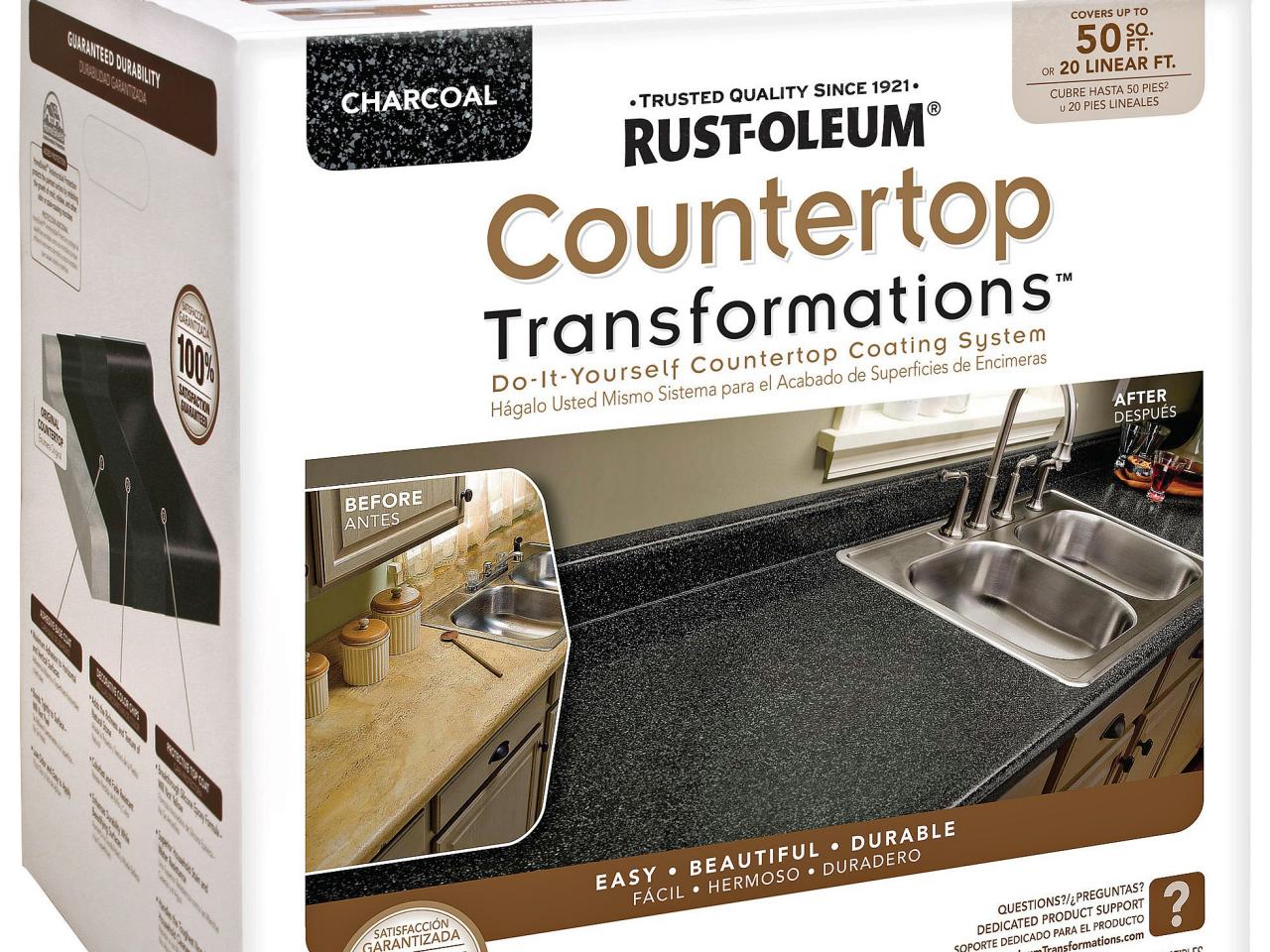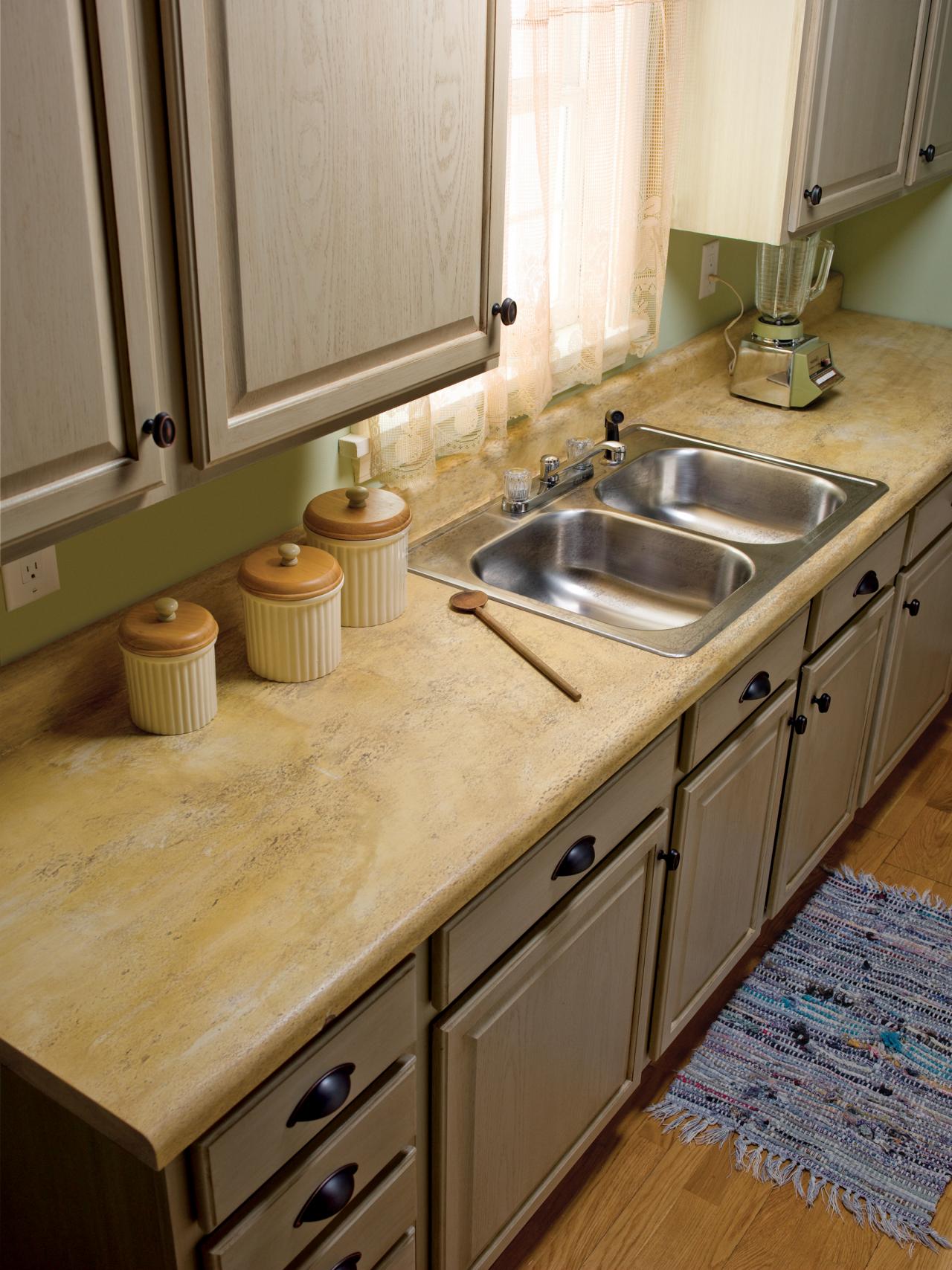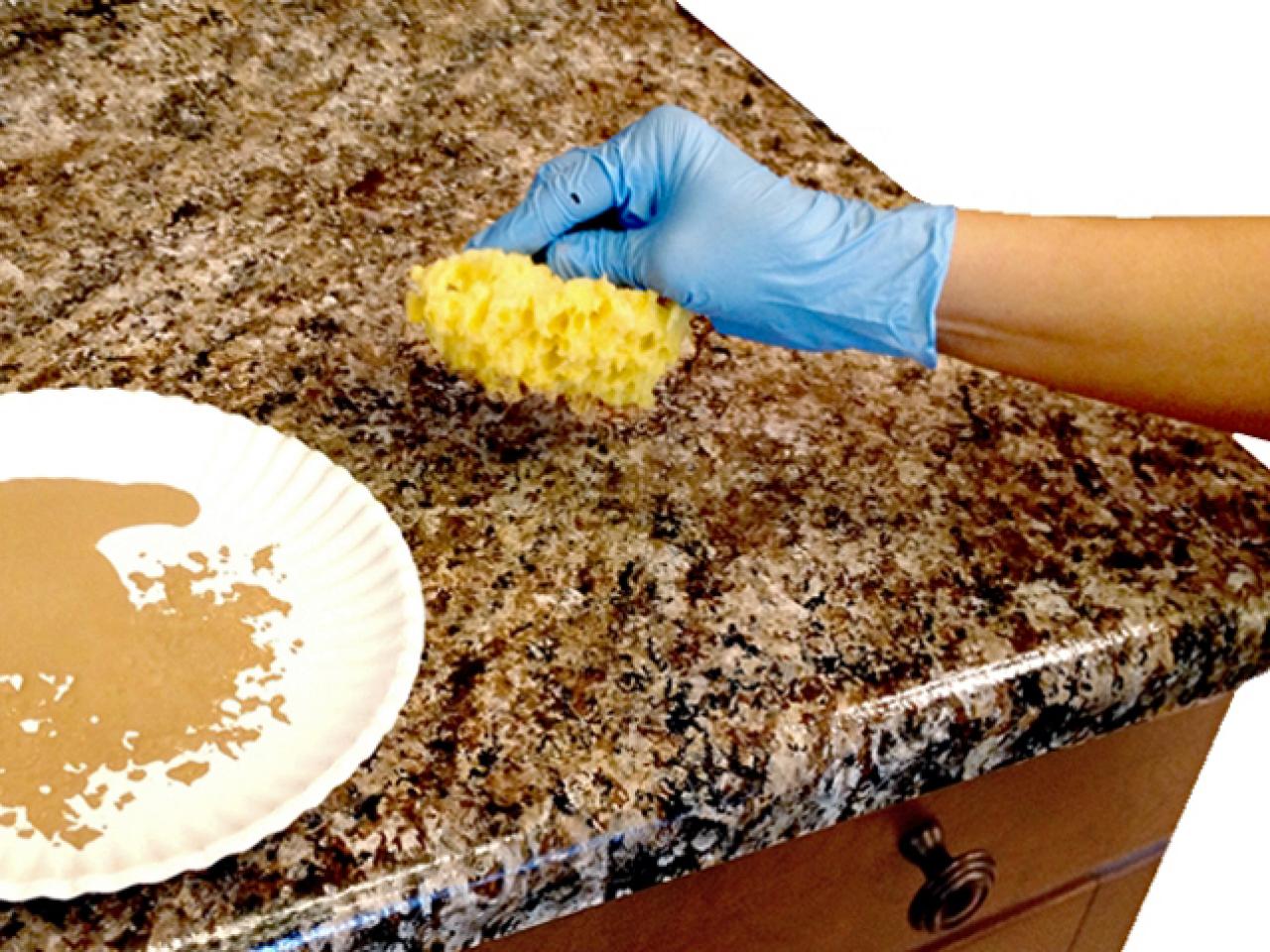Redoing kitchen countertops yourself can be a rewarding and cost-effective way to breathe new life into your kitchen. It allows you to customize your space to fit your exact needs and tastes, and it can be a fun and satisfying project to tackle. Before you get started, it’s important to plan carefully and understand the steps involved. The first thing you’ll need to decide is what type of material you want to use for your new countertops. Popular options include laminate, solid surface, granite, quartz, and butcher block. Each material has its own set of benefits and drawbacks, so it’s important to do your research and choose the one that best fits your lifestyle and budget.
Once you’ve chosen your material, the next step is to gather all the necessary tools and supplies. This might include a circular saw, jigsaw, drill, level, measuring tape, adhesive, screws, and clamps. If you’re using a heavy material like granite or quartz, you might also need some additional support structures to ensure your countertops are properly supported. It’s a good idea to have everything on hand before you start, so you don’t have to stop in the middle of the project to run to the hardware store.
Before you begin cutting or installing anything, take precise measurements of your existing countertops and the areas where the new countertops will be installed. This will help you avoid mistakes and ensure a perfect fit. It’s also a good idea to create a detailed plan or blueprint of your project, including any cutouts for sinks, stoves, or other appliances. If you’re not comfortable doing this yourself, you might want to consider hiring a professional to help with the design and planning phase.
Once you have your plan in place, the next step is to remove your old countertops. This can be a messy and time-consuming process, but it’s important to take your time and do it carefully to avoid damaging your cabinets or walls. Start by disconnecting any plumbing or electrical connections, then use a pry bar to carefully lift the old countertops off the cabinets. Be sure to have a plan in place for disposing of the old countertops, as they can be quite heavy and bulky.

With the old countertops removed, it’s time to start installing the new ones. Begin by dry-fitting the new countertops to make sure they fit properly and make any necessary adjustments. If you’re using a heavy material like granite or quartz, you might need to recruit some help to lift and position the countertops. Once you’re satisfied with the fit, apply adhesive to the tops of the cabinets and carefully position the new countertops in place. Use clamps to hold the countertops in place while the adhesive dries, and be sure to check that everything is level.
After the countertops are in place, you’ll need to secure them with screws or brackets. Be sure to use screws that are long enough to go through the countertops and into the cabinets, but not so long that they poke through the top of the countertops. If you’re using a heavy material, you might also need to add some additional support brackets underneath the countertops to ensure they are properly supported.
Once the countertops are securely in place, it’s time to install any sinks, stoves, or other appliances. This might involve cutting additional holes in the countertops, so be sure to take your time and measure carefully to avoid mistakes. If you’re not comfortable doing this yourself, you might want to consider hiring a professional to help with the installation.
With everything installed, the final step is to seal the countertops to protect them from stains and damage. Different materials require different types of sealers, so be sure to use the appropriate product for your countertops. Apply the sealer according to the manufacturer’s instructions and allow it to dry completely before using your new countertops.
Redoing your kitchen countertops yourself can be a big project, but it’s also a great way to save money and create a space that is uniquely yours. With careful planning and attention to detail, you can achieve professional-looking results that will last for years to come.

Common Mistakes to Avoid
One of the most common mistakes people make when redoing their kitchen countertops is not measuring accurately. Accurate measurements are crucial for ensuring a proper fit, and even a small mistake can lead to big problems down the line. Be sure to measure multiple times and double-check your measurements before cutting or ordering materials. It’s also a good idea to create a detailed plan or blueprint of your project to help guide you through the process.
Another common mistake is not allowing enough time for the adhesive to dry. This can result in the countertops shifting or becoming loose, which can lead to costly repairs. Be sure to follow the manufacturer’s instructions for drying times and avoid using the countertops until the adhesive is fully cured. This might mean waiting a day or two before you can start using your new countertops, but it’s worth it to ensure a secure and lasting installation.
Not properly supporting heavy materials like granite or quartz is another common mistake. These materials can be very heavy and require additional support structures to ensure they are properly supported. Be sure to use the appropriate brackets and screws, and consider adding additional support structures if necessary. This can help prevent the countertops from sagging or becoming damaged over time.

Using the wrong tools or materials for the job is another common mistake. Be sure to use the appropriate tools for cutting and installing your chosen material, and follow the manufacturer’s instructions carefully. Using the wrong tools or materials can result in poor-quality results and can even damage the countertops. If you’re not comfortable using certain tools or materials, consider hiring a professional to help with those aspects of the project.
Rushing through the project is another common mistake. Redoing your kitchen countertops is a big project, and it’s important to take your time and do things right. Rushing through the project can lead to mistakes and poor-quality results. Be sure to allow plenty of time for each step of the process, and don’t be afraid to take breaks if you need to. This can help ensure a successful and satisfying DIY project.
Not sealing the countertops properly is another common mistake. Different materials require different types of sealers, and it’s important to use the appropriate product for your countertops. Be sure to follow the manufacturer’s instructions for applying the sealer, and allow it to dry completely before using your new countertops. This can help protect them from stains and damage and ensure they last for years to come.
Finally, not planning for the disposal of your old countertops can be a common mistake. Old countertops can be heavy and bulky, and it’s important to have a plan in place for disposing of them. Be sure to check with your local waste disposal facility to find out the proper way to dispose of old countertops, and consider renting a dumpster or hiring a professional to help with the removal if necessary.

What is the best material for DIY kitchen countertops?
Choosing the best material for DIY kitchen countertops depends on your budget, style preference, and skill level. Laminate is a popular choice for its affordability and ease of installation, making it ideal for beginners. Solid surface materials, such as Corian, offer a mid-range option with more durability and seamless joints. Granite and quartz are more challenging to install due to their weight and need for precise cutting, but they offer a high-end, durable finish. Butcher block provides a warm, rustic look and is relatively easy to work with, though it requires regular maintenance. Each material has its own set of pros and cons, so consider what will work best for your specific needs and experience level.
How do I measure my kitchen countertops accurately?
Accurate measurement is crucial for a successful countertop installation. Start by measuring the length and width of each section of your countertop. Use a measuring tape to get precise measurements, and make sure to account for any overhangs or edge details. If your countertops have angles or curves, consider creating a template using cardboard or plywood. It’s also helpful to measure any cutouts for sinks, stoves, or other appliances. Double-check all measurements before cutting or ordering materials to avoid costly mistakes. If you’re unsure, consult a professional to ensure accuracy.
Can I install granite or quartz countertops myself?
Installing granite or quartz countertops can be challenging due to their weight and the need for precise cutting and fitting. While it is possible to do it yourself, it requires careful planning, the right tools, and potentially some additional help to lift and position the heavy slabs. If you have experience with DIY projects and feel confident in your abilities, you can attempt the installation. However, if you’re unsure or lack the necessary tools, it’s wise to hire a professional to ensure a high-quality and safe installation.

How long does it take to redo kitchen countertops?
The time it takes to redo kitchen countertops depends on several factors, including the size of your kitchen, the material you’re using, and your level of experience. On average, a DIY countertop project can take anywhere from a few days to a week. This includes time for planning, measuring, removing old countertops, cutting and fitting new ones, and allowing adhesives and sealers to dry. Be sure to factor in additional time for unexpected challenges or delays. Rushing the project can lead to mistakes, so it’s important to take your time and do things right.
What tools do I need to redo my kitchen countertops?
The tools you’ll need for redoing your kitchen countertops depend on the material you’re using. Common tools include a circular saw, jigsaw, drill, level, measuring tape, adhesive, screws, and clamps. For heavy materials like granite or quartz, you might also need additional support structures and possibly a wet saw for cutting. Safety equipment, such as gloves and eye protection, is also essential. Having all the necessary tools on hand before you start will help the project go more smoothly and prevent unnecessary delays.
How do I maintain my new kitchen countertops?
Maintaining your new kitchen countertops depends on the material you’ve chosen. Laminate countertops are relatively low-maintenance and can be cleaned with mild soap and water. Solid surface countertops also require minimal maintenance but can be easily scratched, so use cutting boards and avoid placing hot pots directly on the surface. Granite and quartz countertops need to be sealed periodically to protect against stains and damage; use a granite cleaner and sealer as recommended by the manufacturer. Butcher block countertops require regular oiling to prevent drying and cracking. Following the manufacturer’s care instructions will help keep your countertops looking great for years to come.

Resurfacing Kitchen Countertops

How to Paint Laminate Kitchen Countertops DIY

How To: $500 DIY Kitchen Remodel Update Counter & Cabinets on a Budget

Refinish kitchen counters Diy kitchen, Home Remodeling

Related articles: